Contents

How to Have an Enemy is a powerfully disruptive book. Rejecting calls for superficial unity and shallow forgiveness, Melissa Florer-Bixler shows how the path to true reconciliation entails inescapable enmity, collective anger, and the dismantling of power, all fueled by a liberating love.
Kristin Kobes Du Mez , author of Jesus and John Wayne
In How to Have an Enemy, Melissa Florer-Bixler reminds us that a Jesus-shaped love is not passive acceptance of everyones opinion but a fierce movement that requires all of us to bend toward justice. This book shows us that for Melissa, the work of peace is just that: work. And she has an unflinching determination to do that work and to drag as many of us along as she can. I have no doubt she will succeed.
Jared Byas , author of Love Matters More and cohost of the podcast The Bible for Normal People
Waging peace on a weary world that just wants to teach war or hear rumors of war, Melissa Florer-Bixler has once again declared the work of peacemaking hard, arduous, and holy. This book is a gift to those who want to gain the ability to recognize when peacemaking begins and to be open to the possibility of an end of all enemies.
Lenny Duncan (he/him), author of United States of Grace and pastor of Jubilee Collective
In a time defined by fuzzy terms like polarization and division, we are still struggling to understand what it means to live among people who wish us ill, including those in our own churches. In How to Have an Enemy, Melissa Florer-Bixler moves past easy ideas of peaceful coexistence and into the greater challenge of understanding how interwoven oppressions keep us entrenched in us and them thinking, as well as how we need to deconstruct our own prejudices to move through simplistic ideas of division and into a more awakened consciousness. This is a book that doesnt let readers off easily, that disturbs and provokes, much like the Gospels.
Kaya Oakes , journalist and author of The Defiant Middle
In the face of 2020s apocalyptic revelations about the frailty of unfettered capitalism and the long-running systems of white violence comes How to Have an Enemy. Melissa Florer-Bixler offers expansive knowledge of Christian and American historyparticularly the long systems of racism wed rather not acknowledge. She does not shy away, and will not allow us to, either. Yet with persistence and gentleness she holds us to the promise of resurrection we know in Jesus, with transformative conviction that we, too, might die to sin and rise to new life. Do not read this book unless you are prepared to have your soul shaken and your heart convicted.
Emmy Kegler , pastor, speaker, and author of One Coin Found
Pastor Melissa Florer-Bixler takes us on a journey that unlocks the colonized mind, helping the reader confront the oversimplification of the gospel. She challenges us to move away from platitudes and a watered-down view of Christs teaching and pick up the good news of transformation and liberation that causes systems of injustice to be broken apart. This book is a call to action for the church of today, a powerful tool to help rescue the good news from those who seek to use its words to oppress and hold people in spiritual bondage.
Glen Guyton , executive director of Mennonite Church USA and author of Reawakened
Jesus called his followers to love their enemies, but this commandment has been weaponized to pacify Christians in the face of injustice. Melissa Florer-Bixlers How to Have an Enemy will transform your understanding of this foundational Christian idea. She guides us past the mollifying interpretation of Jesus words and reveals how enemy-love supports the work of liberation.
Guthrie Graves-Fitzsimmons , author of Just Faith
How to Have an Enemy draws on the poetry of Scripture to empower us to name and call out our enemies as Jesus did. In challenging us to redefine the principles of a judicial system that targets and disproportionately punishes bodies of color, Melissa Florer-Bixler creates a new lens through which to observe our enemies, intimately drawing us closer to the other in a manner that invites lament, reconnection, and repentance towards healing and rightful justice. This book is essential for a country divided by an era of opposition.
Grace Ji-sun Kim , professor of theology at Earlham School of Religion and author of Hope in Disarray

Herald Press
PO Box 866, Harrisonburg, Virginia 22803
www.HeraldPress.com
Study guides are available for many Herald Press titles at
www.HeraldPress.com.
HOW TO HAVE AN ENEMY
2021 by Herald Press, Harrisonburg, Virginia 22803. 800-245-7894.
All rights reserved.
Library of Congress Control Number: 2021936512
International Standard Book Number: 978-1-5138-0813-0 (paperback),
978-1-5138-0814-7 (hardcover), 978-1-5138-0815-4 (ebook)
Printed in the United States of America
Cover and interior design by Merrill Miller
All rights reserved. This publication may not be reproduced, stored in a retrieval system, or transmitted in whole or in part, in any form, by any means, electronic, mechanical, photocopying, recording, or otherwise, without prior permission of the copyright owners.
Unless otherwise noted, Scripture text is quoted, with permission, from the New Revised Standard Version, 1989, Division of Christian Education of the National Council of Churches of Christ in the United States of America. Scripture quotations marked KJV are taken from the King James Version. All references from the Talmud are from Koren No Talmud. Sanhedrin 98a. The William Davidson digital edition of the Koren No Talmud, with commentary by Rabbi Adin Steinsaltz Even-Israel. Digital. https://www.korenpub.com.
Chapter 3, Praying for Enemies, originally appeared as No One Will Take Responsibility for Faye Browns Death. Reprinted with permission from Sojourners, 800-714-7474, www.sojo.net.
25 24 23 22 2110 9 8 7 6 5 4 3 2 1
Justice shall march in the forefront,
and peace shall follow the way.
PSALM 85:13 rendered from The Revised Grail Psalms
Foreword
 aring to live the truth of the gospel is a peculiar and disorienting endeavor. America has always been at odds with the gospel. It wants the notoriety but cannot stomach the demand, as Melissa Florer-Bixler articulates, to enfold our lives into the gospel, our whole lives.
aring to live the truth of the gospel is a peculiar and disorienting endeavor. America has always been at odds with the gospel. It wants the notoriety but cannot stomach the demand, as Melissa Florer-Bixler articulates, to enfold our lives into the gospel, our whole lives.
This challenge to enfold our essence into a narrative that is counter to our proclivity toward predatory self-interest is a difficult virtue to accept. American forms of faithI must place faith in quotes because our national religion is not the Judeo-Christian tradition often lauded by pundits and marketers of the American mythosare a mix of market desires and spiritual rhetoric clothed in ecclesiastical garments. Our national religious project fails to force humanity to face the complicity and collective injury we inflict upon ourselves and each other. This enfolding makes a demand on the human vessel to be seen as enemy and friend, broken and blessed, oppressor and oppressed, affirming and phobic. Our national religion needs others or enemies wrapped in xenophobic language to hold on to the crumbling myth of superiority.
Our national faith is one of the entrenched stumbling blocks of the American project. This faith dismisses Black Lives Matter as division, Colin Kaepernick as unpatriotic, transgender rights as undermining culture, police abolition as a communist plot, and critical race theory as antithetical to the gospel. This faith driven by fear of difference was demonstrated publicly with boisterous arrogance covered in ignorance when several presidents of Southern Baptist seminaries in a joint statement proclaimed critical race theory as incompatible with the gospel. It should be noted, these same seminaries were either silent or accepting of slavery, silent or accepting of Jim Crow laws, and never uttered one word to support families of Black and brown citizens who died at the hands of police whom their tax dollars support.


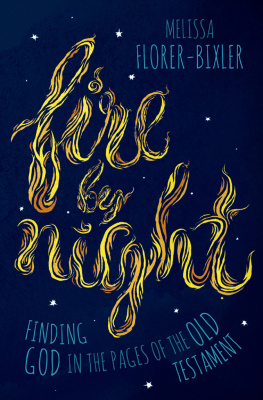


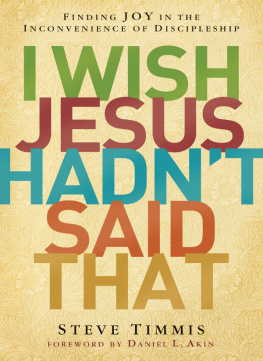

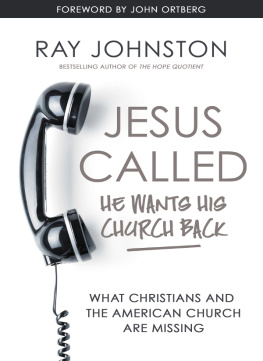

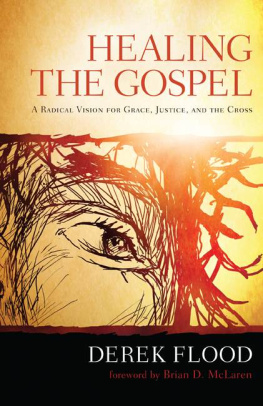
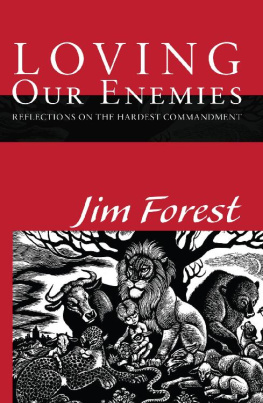
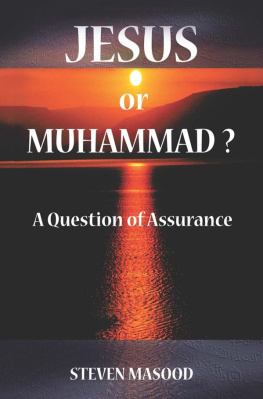


 aring to live the truth of the gospel is a peculiar and disorienting endeavor. America has always been at odds with the gospel. It wants the notoriety but cannot stomach the demand, as Melissa Florer-Bixler articulates, to enfold our lives into the gospel, our whole lives.
aring to live the truth of the gospel is a peculiar and disorienting endeavor. America has always been at odds with the gospel. It wants the notoriety but cannot stomach the demand, as Melissa Florer-Bixler articulates, to enfold our lives into the gospel, our whole lives.